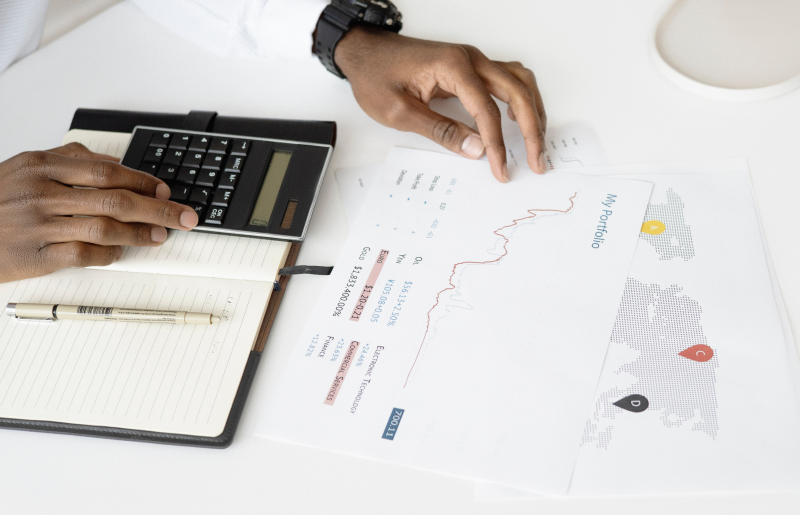South Africa has the one of the highest solar indexes in the world, only behind the likes of the Mojave desert in the USA and Namibia. Clearly this means we have the perfect conditions to embrace solar energy, so what is delaying our uptake? This was the discussion at the Leaderex 2016 conference in Johannesburg this week.
An alternative energy financial breakthrough
Financial innovation was at the front and centre of the debate. How do we create mass adoption? Given that South Africa has such high potential for solar as an energy resource, the technology is in place, and the increase in adoption in Europe and US has caused a decrease in the cost of solar panels; there are other factors delaying the uptake.
“Regulators providing concrete direction around net metering and feed-in tariffs will assist the growth of the rooftop solar market in South Africa.” Says Charl Alheit, CIO, SolarAfrica. “But in the meantime financiers need to start thinking differently and more creatively to accelerate the inevitable growth of the market.”
Jose Luis Bobe, GreenMax Sustainability, agrees, “It is about designing models where everyone wins. Successful utilities in Germany or Spain have designed models where installing PV is not damaging the revenue of the municipality. So it is possible.”
Examples of innovation from across the continent were cited. Tanzania has off-grids and mini-grids, as does Cameroon, which is the testament to the fact that when done correctly, these initiatives are working. Furthermore, in Tanzania, packages are sold that include TV, radio, and fridges along with energy, indicating that we must start to think more laterally about creative financial solutions to support the uptake of solar.
However, Alheit believes that the main reason South Africa has lagged in its uptake in the global PV sector is that of the cost of the grid. “In the last few years we’ve seen big escalations in the cost of grid power, which coupled with the decline in the cost of solar systems has made rooftop solar much more viable. So now is the time. At the end of the day, customers need to see some kind of saving otherwise they will not move across to renewable or solar energy. The reality is that in South Africa, renewable energy can now be cheaper than the grid for consumers.”
Moefi Moroeng, Electricity Wholesale trading, NERSA, joined the discussion in regards to legislation as this will play a defining role in the development of the sector and the innovation. “The smaller scale energy projects are those known as the ‘embedded generation’, but licensing regulations still need to be determined,” said Moefi Moroeng, NERSA.
“Municipalities have realised they are losing money with the way the energy market is moving, so we need to move forward with new business models and, we are embracing this technology and will support the industry going forwards.”
Ryan Beech, Head of Parkhurst Smart Grid, says that Parkhurst would like to go as far as creating their own infrastructure, which is an indication of just how far the legislation might need to go.
While debate continues around types of financial innovation in this sector, there was agreement that solar is going to play a very big role in the energy sector in South Africa in the next few years, “We are on the precipice of big growth due to the increasing grid price. There will be many financial solutions available to consumers over the next three to five years, which will solve the high upfront cost dilemma ensuring exciting growth in the sector.” Says Alheit.
Planning your organisation’s green energy road map is easier than it seems. Fill in our green energy goals questionnaire to identify the right alternative energy solution for your business.





